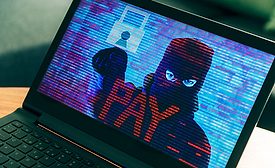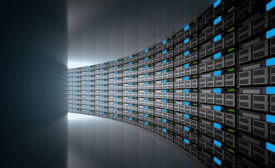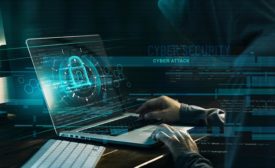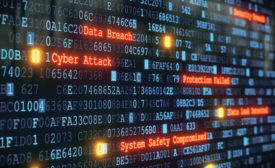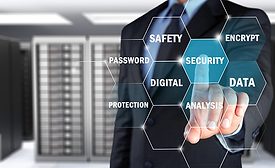Cybersecurity News
Keeper Security: Understanding and preventing ransomware attacks
White Paper
September 9, 2020
You've been hacked - Now what?
If you're reading this article because of the headline, you're in trouble my friend.
September 9, 2020
Sign-up to receive top management & result-driven techniques in the industry.
Join over 20,000+ industry leaders who receive our premium content.
SIGN UP TODAY!Copyright ©2024. All Rights Reserved BNP Media.
Design, CMS, Hosting & Web Development :: ePublishing

